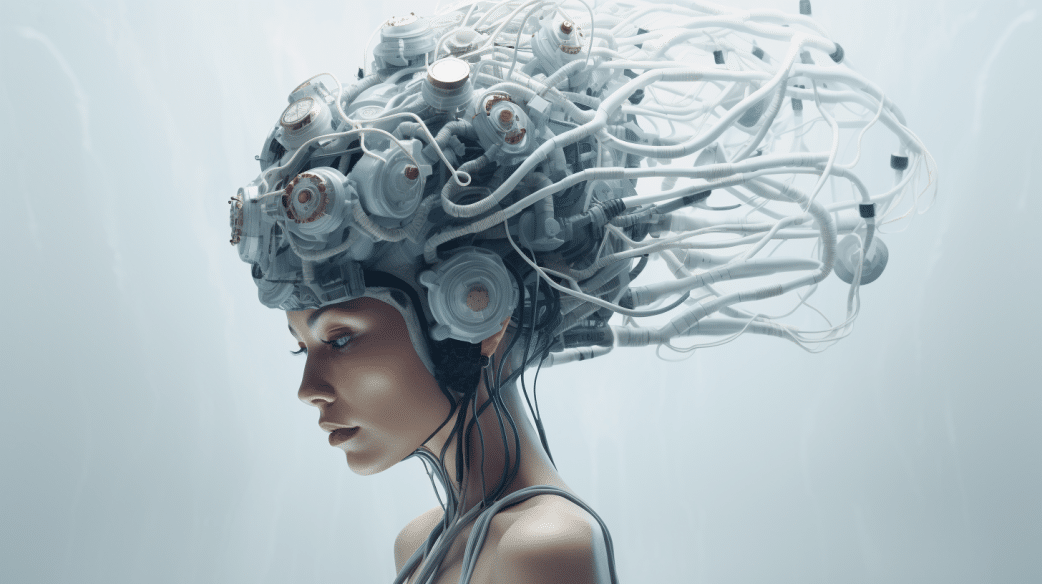Deep brain stimulation (DBS) is an effective but not perfect therapy.
A large new study found that over 4-7 years, a majority of patients experienced adverse events, though most were not severe.
Key facts:
- 86% of 123 DBS patients experienced adverse events over an average 4.7 year follow-up.
- There was no mortality directly from DBS surgery. All serious surgical complications were reversible.
- The most common issues were mild/moderate speech and gait problems, depression, and cognitive decline. These often reflect the natural progression of the underlying brain disease.
- In Parkinson’s patients receiving DBS, about 25% had non-reversible problems like impaired speech, depression or cognition that were possibly related to DBS. Most were mild or moderate.
- Adverse events were least common in dystonia patients receiving pallidal DBS. This target seems very well tolerated.
Deep Brain Stimulation: A Powerful but Imperfect Therapy
Deep brain stimulation (DBS) uses an implanted pacemaker-like device to deliver electrical pulses to precise targets deep in the brain.
This can reduce symptoms like tremor, rigidity, and dyskinesia in Parkinson’s disease and other movement disorders.
Over 150,000 patients worldwide have received DBS, with use growing rapidly.
DBS can bring dramatic symptom improvements not achieved by medication alone.
This lets some patients reduce their medications and improves quality of life.
However, DBS is still an imperfect therapy with risks and limitations.
A new long-term study from Germany published in PLOS One sheds light on the frequency and types adverse events patients may experience.
DBS Side Effects & Adverse Reactions
The researchers analyzed 123 consecutive patients receiving DBS surgery from 2007-2011 at their center.
The average follow-up was 4.7 years, for a total of 578 patient-years of data.
86% of patients experienced at least one adverse event:
- There were 193 neurological adverse events like speech and gait problems
- 78 psychiatric adverse events like depression and confusion
- 96 serious adverse events like infections requiring hospitalization
Importantly, all serious surgical complications like bleeding and infections were reversible without permanent disability. There was no mortality directly related to DBS surgery.
The most common issues were mild or moderate and included:
- Speech problems (seen in 41% of patients)
- Gait disturbances like imbalance (53% of patients)
- Depression (15% of patients)
- Cognitive changes like decline in memory (16% of patients)
Often these adverse events reflect the natural progression of the disease being treated, like Parkinson’s disease.
The researchers tried to distinguish issues directly related to DBS, but this can be challenging.
Outcomes Specific to Parkinson’s Disease Patients

82 of the 123 patients had Parkinson’s disease (PD) and received DBS in the subthalamic nucleus (STN) target.
This is the most common use of DBS worldwide.
In PD patients after STN DBS:
- 25% experienced non-reversible adverse events possibly related to DBS, usually speech problems, depression or cognitive decline. Most were mild or moderate severity.
- 12% developed gait problems in the first 6 months that did not improve.
- 17% had enduring speech problems beginning in the first 6 months.
- Older age and more advanced PD stage correlated with more adverse events.
The authors conclude PD patients have a significant risk of non-severe adverse events from STN DBS. Most represent worsening of axial symptoms like posture, balance and speech that progressively decline in PD regardless of DBS.
Adverse Events Rare in Dystonia Patients
18 patients had dystonia and received DBS in the globus pallidus internus (GPi) target.
This group experienced the fewest adverse events:
- Only 2 patients had mild speech issues potentially related to DBS
- 1 patient had unsteady gait possibly related to DBS
- There were no mood or cognitive adverse events
The researchers conclude GPi DBS for dystonia has negligible risks and is extremely well tolerated.
Adverse Events More Common with Bilateral DBS
14 patients had essential tremor or other tremors and received ventral intermediate nucleus (VIM) DBS, which targets the thalamus.
- 7 of 14 bilaterally stimulated patients had mild speech or gait problems potentially from DBS.
- Patients receiving unilateral VIM stimulation tolerated it extremely well.
Bilateral DBS, especially in the thalamus region, carries higher risks of speech and balance issues.
Unilateral DBS may provide similar benefits with fewer adverse events.
Study Limitations and Strengths
Like any study, there are limitations to consider:
- It included patients from only one surgical center. Results at other centers may differ.
- As a retrospective study, data collection of adverse events can be incomplete. Prospective studies often monitor more rigorously.
However, strengths of the study include:
- Following a non-preselected, consecutive patient cohort reduces selection bias common in prospective studies with strict inclusion criteria.
- The average 4.7 year follow-up provides a long-term view of adverse events beyond most studies. Short follow-ups can miss issues arising later from progressive diseases or chronic DBS.
- Comprehensive analysis looked at severity and reversibility of adverse events, not just raw frequency.
Key Takeaways about DBS Safety
What should patients considering DBS take away from this new study?
- DBS provides substantial benefits but carries risks that should factor into the decision. Be realistic about possible adverse outcomes.
- There was no permanent disability directly due to DBS surgery itself in this study. Serious surgical risks like hemorrhage and infection are now very low at experienced centers.
- Adverse events are common but usually mild. The most frequent issues like speech and gait problems often reflect the underlying disease progression regardless of DBS.
- Target choice matters. GPi DBS for dystonia appears extremely safe. Bilateral thalamic DBS carries higher risks than unilateral.
- Close follow-up for adjustment of stimulator settings and medications post-DBS surgery is key to maximizing benefits and minimizing adverse effects.
The field continues to advance with improvements in imaging, surgical techniques, programming algorithms, and new targets.
But DBS remains an imperfect therapy with risks that should be considered carefully for each patient.
Understanding the types and frequencies of adverse events empowers patients to make informed choices about this potentially life-changing treatment.
References
- Study: Adverse events in deep brain stimulation
- Authors: Carsten Buhmann et al. (2017)







